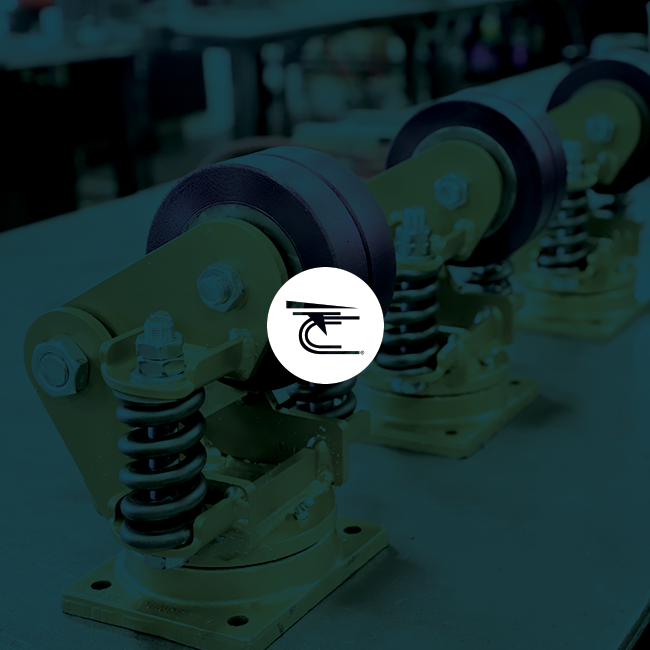

Pneumatic wheels are relatively common in numerous industries, and like all other types of caster wheels, they have their benefits and drawbacks. Learning more about pneumatic wheels is important in determining whether they are the best options for your unique industrial needs.
Whereas many caster wheels are solid in nature and made of a variety of materials, pneumatic wheels are designed to be more like the tires on your car. They are rubber wheels filled with either air or foam that fit snugly against a metal hub when properly inflated. You can find these in numerous styles, sizes, and capacities to suit your needs, and they are just as common in heavy-duty applications as in light-duty industries.
Pneumatic wheels offer several unique benefits in industrial applications, and most of those stem from the wheels’ ability to absorb a great deal of shock. In fact, they are better shock absorbers than most other caster types, and that makes them the perfect option for moving loads over surfaces where debris may be a common occurrence or over surfaces that are uneven.
Many industries utilize pneumatic caster wheels to move fragile loads – meaning those that may become damaged with minimal jarring or bumping – over any kind of surface, including grassy areas, pavement, and concrete floors in industrial facilities. Finally, these wheels are known for their quiet operation and ability to improve working conditions in loud environments.
Though there are many benefits associated with utilizing pneumatic wheels, there are some potential pitfalls to consider, too. Pneumatic caster wheels are softer than many other options, and this means that they create more friction with surfaces. As a result, more initial force is needed to start the load moving and maneuvering around corners can be trying. Because they are air-filled, pneumatic caster wheels can go flat, which could pose serious problems if it occurs with a full load. When filled with polyurethane foam rather than air, it is possible to prevent flats, but in turn, the wheels are not as soft and some of the shock absorbency is lost.
Now that you understand the benefits and drawbacks associated with pneumatic caster wheels, it should be easier for you to decide whether they are the right options for your applications. Consider the types of surfaces your loads will encounter and the level of shock absorbency that would best suit you, and consider the types of loads you will move, as well. If the benefits associated with choosing pneumatic wheels over other options outweigh the downfalls, they may be the best choices.
To summarize, pneumatic wheels offer the best of the best in terms of shock absorbency, making them perfect for moving loads outdoors or protecting fragile loads from damage. Despite this, they are not ideal in every application, so its best for you to talk to experts before making a purchasing decision. You can choose from hundreds of combinations of sizes, materials, and features, so be sure to consider all the options.